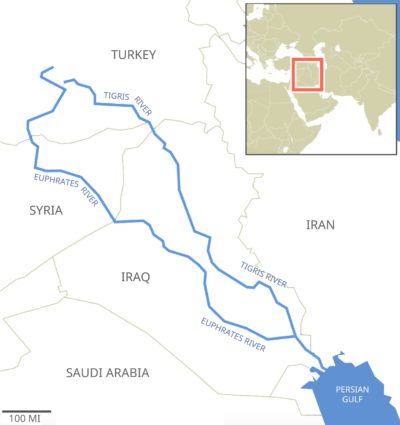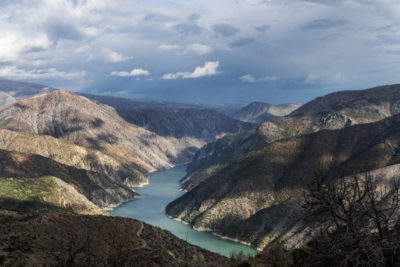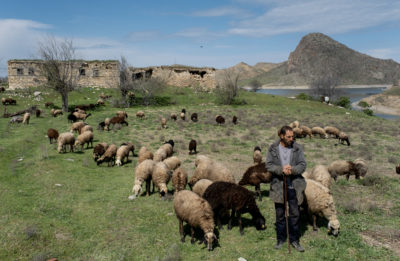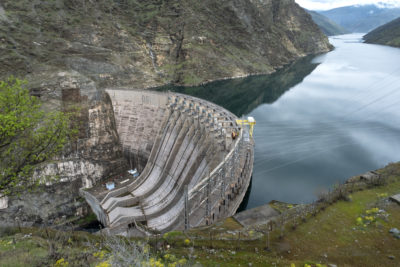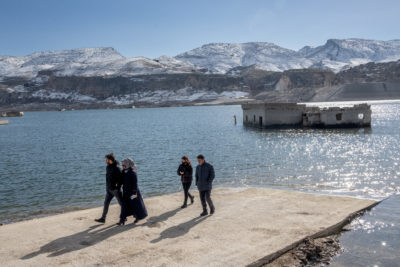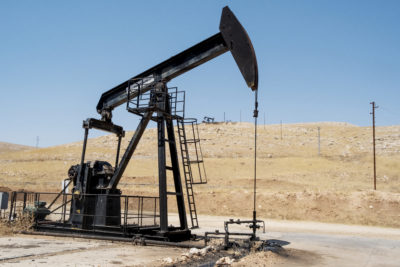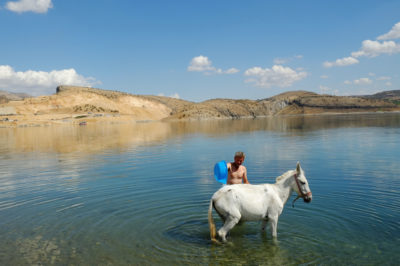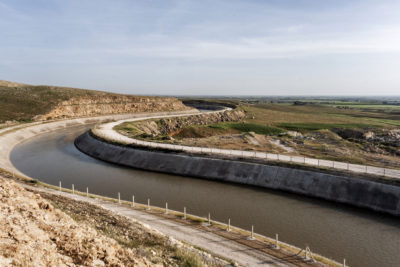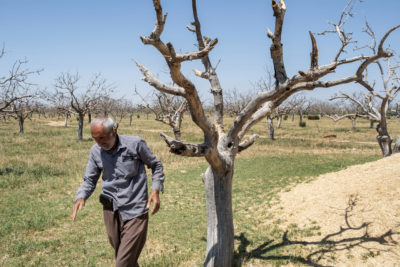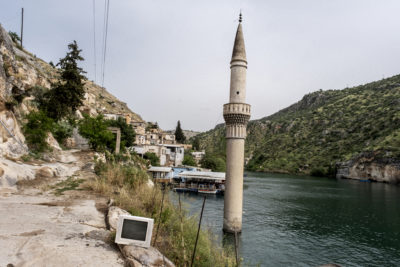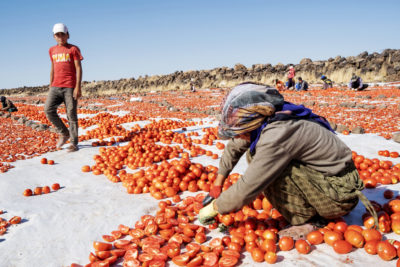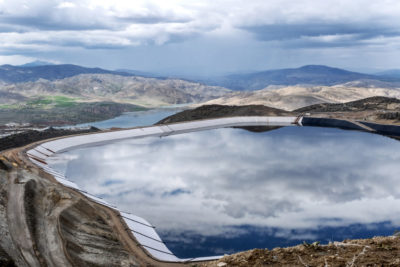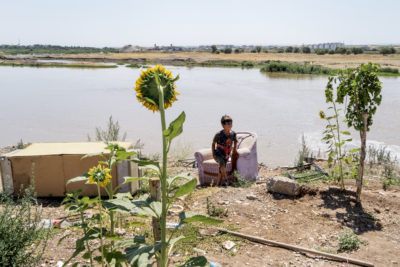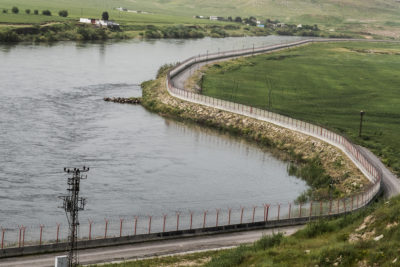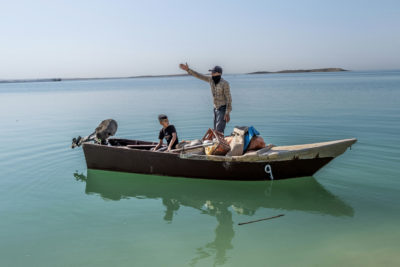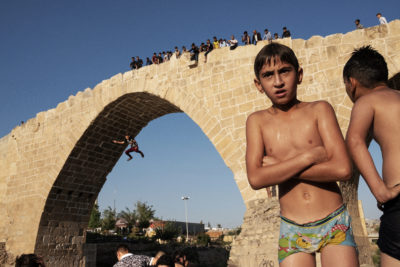PHOTO ESSAY
A series of dams and years of conflict have transformed the Tigris and Euphrates rivers, which gave rise to some of the world’s earliest civilizations. Kurdish photographer Murat Yazar focused his lens on these rivers of his homeland and on the people who live alongside them.
What hasn’t poured into the Tigris and Euphrates rivers?
Raindrops. Blood. Snowmelt. Ashes. Hope. Pesticides. Ink. (When the Mongols plundered Baghdad in 1258 A.D., they tossed so many books from the city’s libraries into the Tigris that the currents ran black with ink.) Dreams. Stories. Time.
The photographer Murat Yazar understands this. He knows that rivers are the biographers of landscape. That they cradle within their currents a swirling distillation of every incident and anecdote that has transpired in the inhabited landscapes they course through. And few rivers carry a headier and more sobering brew of history — tales of human woe and triumph — than the Tigris and Euphrates, the fabled waterways that pour through the heartlands of Eurasian civilization, through the Fertile Crescent, from their chilly headwaters in the mountains of Turkey through vast watersheds in Syria, Kuwait, and Iran, to finally empty into Persian Gulf at the sweltering marshland shores of Iraq.
Ten years ago, I walked with Yazar along the banks of Tigris at the antique settlement of Hasankeyf in Turkey. A local shepherd named Çoban Ali Ayhan sang for us there an old ballad that was more like a cry of pure agony. His voice bounded down the sandstone canyons of the Tigris, with a song that was a hymn to true love, which is to say, to love unrequited. It was an ode to loneliness, to waiting, to the exquisite suffering of betrayal. In other words: the perfect song for both the ancient riverbed and its doomed town, which would soon disappear under the reservoir of yet another massive government dam. The caverns of Hasankeyf, once lit by the campfires of the Neolithic, as well as nearby ruins of fortress walls, ornate minarets, and cliff-top citadels — a unique trove of architectural wonders that had seen the passing of Roman legionnaires and Silk Road caravans, some 12,000 years of memory — were soon to be erased.
“What can we do?” Ayhan glumly told us. “We opposed the dam. It is going ahead anyway.”
Today, the place is underwater.
In his documentary photography project “Lost Paradise,” Yazar presents us with the human and environmental costs of this massive reengineering of the Tigris and Euphrates rivers in Turkey.
Yazar’s perspective is always local. He is an ethnic Kurd from Şanlıurfa, Turkey, and the son of generations of shepherds; for him the human connections to this landscape of his childhood are sacred. The construction of hundreds of dams, canals, weirs, and diversion projects big and small are changing his homeland literally beyond recognition. Turkish authorities insist that the millions of tons of poured concrete for these river developments are essential for agricultural self-sufficiency, for irrigation, and the hydropower needed to help reduce the country’s dependency on foreign energy.
But Yazar captures a pastoral Mesopotamia — “the land between two rivers” — being rapidly transformed by inundation, relocated villages, extensive mining projects, deteriorating water quality, and drastic climate change. The two life-giving rivers that long sustained the region’s varied cultures are being throttled.
While working on this project in Iraq near the Turkish border this summer, Murat was arrested by Kurdish security forces, who confiscated his camera and detained him for nine days.
Back when I hiked the banks of the Tigris with Yazar, a frail truce between the Turkish army and Kurdish separatists was coming unraveled. (Immensely destructive military campaigns have since swept the region.) Refugees were flooding into Turkey from war-ruined Syria. And the tamed Tigris and Euphrates squeezed their way through endless pipes and concrete channels to distant Basra, the home of Sinbad the Sailor.
Even now, however, not all is yet lost.
Yazar’s images remind us, through their sensitive portraits of the gritty riverside communities still struggling to adapt, that time yet remains to save what remains of the region’s ecosystems and traditional lifeways. Yazar’s photographs are not mere lament. They are a call to action.
Scroll down to see the images, or click on the photo below to launch a slideshow.
Cihan Çal watches over his sheep near the Keban Dam reservoir on the Euphrates in Turkey. The farmhouse behind him was abandoned after the dam flooded pastureland.
Residents of Hasankeyf, Turkey, visit the site their former homes along the Tigris River, which were submerged by the Ilısu Dam in 2020.
Ahmet Yilmazsoy says his 450 pistachio trees died after water flowed to his town from Turkey’s Atatürk Dam reservoir in 2017. Farmers are using water diverted from the Euphrates for irrigation, but a rising water table is hurting some dry-loving crops.
Parts of Çekem, Turkey, which sits on the Euphrates River, were submerged after the Birecik Dam was opened in 2000.
A cyanide pond at the Çöpler Gold Mine near the Euphrates in Turkey. Cyanide, used to separate gold from ore, began leaking from the site in 2022, and in 2024, a landslide of contaminated soil buried nine workers, killing them.
Abuzer Mahmoud, a 12-year-old Romani boy in Bismil, Turkey. Abuzer’s family fled the civil war in Syria and now spends most of the year living in tent camps along the Tigris.
Where the Tigris River divides Turkey and Syria, Turkish officials have built a border fence to stop illegal crossings.
Fisherman Muhammet Nemrik says Iraq’s Mosul Dam reservoir on the Tigris River has shrunk dramatically because of drought.
Children play beneath the Delal Bridge on the Xebir River, a tributary of the Tigris, in Zakho, Iraq.

